Rising Demand for Activewear
The increasing popularity of activewear is a primary driver for the Spandex Fiber Market. As consumers become more health-conscious, the demand for comfortable and flexible clothing has surged. In 2025, the activewear segment is projected to account for a substantial share of the apparel market, with estimates suggesting it could reach over 200 billion USD. This trend is particularly evident among younger demographics who prioritize both style and functionality in their clothing choices. Consequently, manufacturers are increasingly incorporating spandex fibers into their products to enhance elasticity and comfort, thereby driving growth in the Spandex Fiber Market.
Innovations in Fiber Technology
Technological advancements in fiber production are significantly influencing the Spandex Fiber Market. Innovations such as the development of eco-friendly spandex fibers and improved manufacturing processes are enhancing product performance and sustainability. For instance, the introduction of biodegradable spandex options is appealing to environmentally conscious consumers. Additionally, advancements in production techniques have led to increased efficiency and reduced costs, which may further stimulate market growth. As a result, companies that invest in research and development are likely to gain a competitive edge in the Spandex Fiber Market, positioning themselves favorably for future opportunities.
Sustainability Trends in Fashion
Sustainability trends are becoming increasingly prominent in the fashion industry, influencing the Spandex Fiber Market. Consumers are now more aware of the environmental impact of their purchases and are seeking sustainable alternatives. This shift is prompting manufacturers to explore eco-friendly production methods and materials, including recycled spandex fibers. The market for sustainable fashion is expected to grow significantly, with projections indicating a potential increase of over 20% in the coming years. As brands respond to this demand by integrating sustainable practices, the Spandex Fiber Market is likely to experience a transformation, aligning with consumer values and preferences.
Expansion of E-commerce Platforms
The rapid expansion of e-commerce platforms is reshaping the retail landscape and driving the Spandex Fiber Market. Online shopping has become increasingly popular, providing consumers with greater access to a diverse range of products, including spandex-infused apparel. In 2025, e-commerce sales in the apparel sector are expected to surpass 700 billion USD, indicating a shift in consumer purchasing behavior. This trend encourages brands to enhance their online presence and offer spandex products that cater to various consumer preferences. Consequently, the growth of e-commerce is likely to bolster demand for spandex fibers, as brands seek to meet the evolving needs of their customers.
Increased Focus on Health and Fitness
The heightened focus on health and fitness among consumers is a significant driver for the Spandex Fiber Market. As more individuals engage in physical activities, the demand for high-performance athletic wear has escalated. This trend is reflected in the growing sales of fitness apparel, which is projected to reach approximately 150 billion USD by 2025. Spandex fibers are favored for their stretchability and moisture-wicking properties, making them ideal for activewear. Consequently, brands are increasingly incorporating spandex into their product lines to cater to this health-conscious demographic, thereby propelling growth in the Spandex Fiber Market.


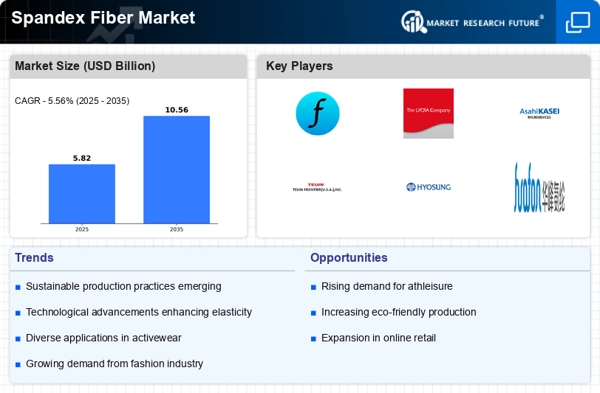
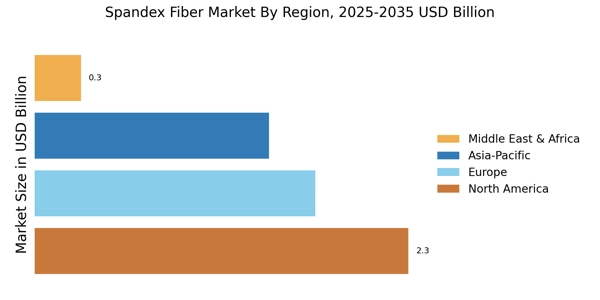
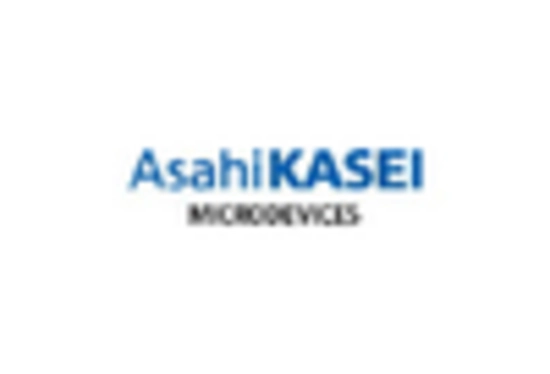
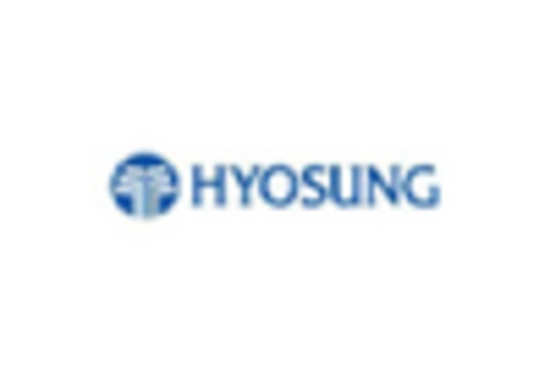
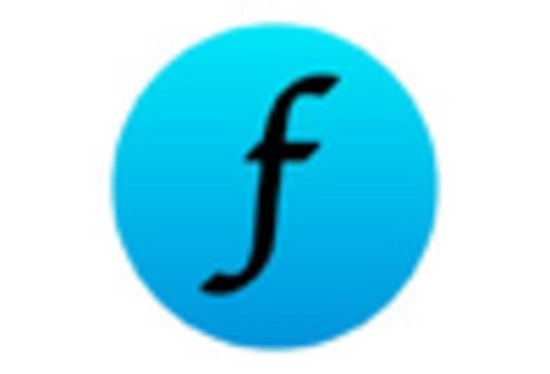
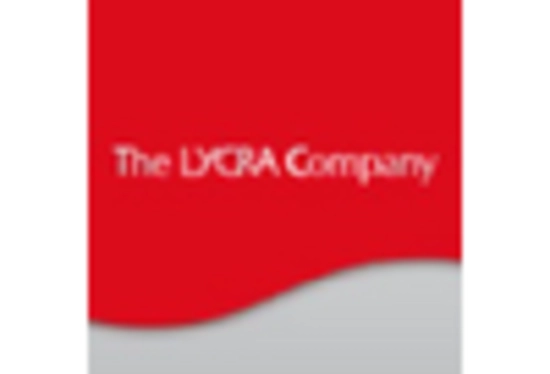

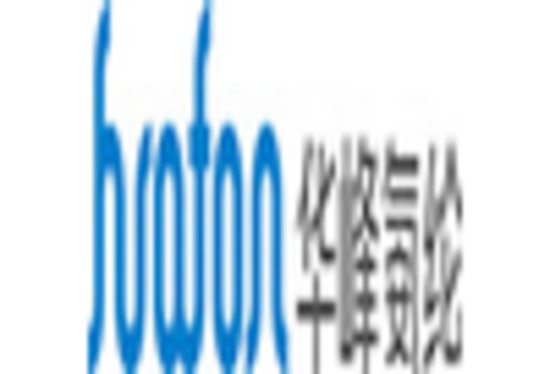








Leave a Comment